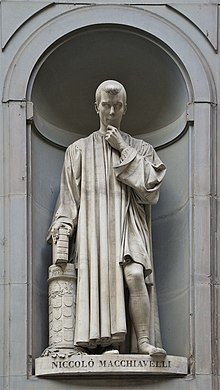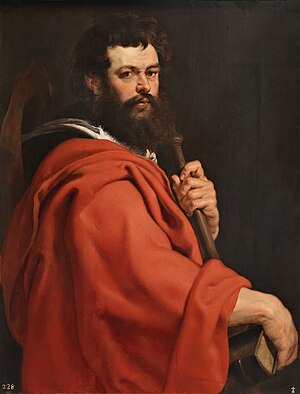
Through prayer and study, I’ve created a list of the elements of an education that I think best starts children on this road. Divine union comes through living a life of prayer and virtue. So, generally speaking, we want to teach about prayer and virtue, model them, and practice them with our children. But we also want a home and a school environment that is conducive to prayer and virtuous living.
Prayer requires leisure The Greek work schole, from which “school” comes, means “not-at-work time.” In classical society, school was a leisure activity, a pursuit of wisdom that had little to do with the workaday world. The truest education is free or liberal. It is not “useful” in a utilitarian sense. It is not servile. It is learning about things that are valuable in themselves, rather than means to obtain what we desire.
I wrote about leisure’s importance several months ago. Besides the suggestions you can read in my previous post, teach your kids to have an attitude of openness to learning and to God. Humility is one of the most important virtues to cultivate. Teach them to ask, seek, and knock. Show them that learning is a lifetime venture. Only God has all the answers. Continue learning yourself, especially about the faith. Model awe. Teach your children proper respect.
Try to bring these fundamental questions to each subject: What is man? What is my purpose in life? Discuss them in math, science, literature, art–even physical education. Orient everything towards our highest good.
Contrary to the notion popular in our culture, leisure is not the same thing as entertainment. True leisure never leaves us as spectators. It requires us to participate with our minds, hearts, or bodies. True leisure is time to think, to imagine, and to love. For kids especially, that also means time to play.
Continue reading at Contemplative Homeschool.







 This post is part of an occasional series called Finding God in Children’s Literature, in which I look at children’s books in light of the Bible and Sacred Tradition. All correlations between these books and the Christian faith are my own insights, unless otherwise noted. You may quote me or link to these posts, but please do not re-blog them or use these ideas as though they were your own. Thank you.
This post is part of an occasional series called Finding God in Children’s Literature, in which I look at children’s books in light of the Bible and Sacred Tradition. All correlations between these books and the Christian faith are my own insights, unless otherwise noted. You may quote me or link to these posts, but please do not re-blog them or use these ideas as though they were your own. Thank you. In past posts, I have written on
In past posts, I have written on Parents: I have written a short biography of Pope Francis for children. Scroll down to find definitions of vocabulary words, links, downloads, and other teaching ideas.
Parents: I have written a short biography of Pope Francis for children. Scroll down to find definitions of vocabulary words, links, downloads, and other teaching ideas.